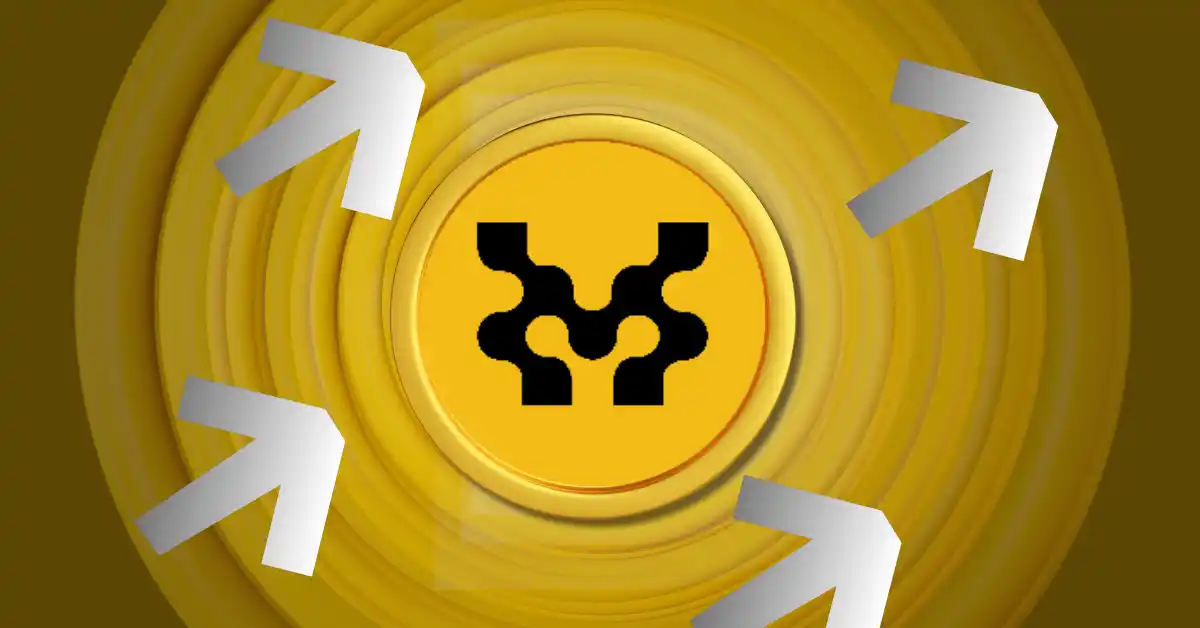The MOVE Token Scandal: A Critical Examination of Market Manipulation and Its Aftermath
The cryptocurrency landscape thrives on innovation and decentralization, but recent events surrounding the MOVE token have exposed vulnerabilities that threaten investor confidence. What began as a promising project under the Movement Network has spiraled into a controversy involving alleged market manipulation, frozen funds, and a plummeting token value. This report dissects the scandal, its repercussions, and the ongoing efforts to mitigate the damage.
The Scandal Unfolds: A Sudden Market Collapse
The crisis erupted when reports surfaced that a market maker, operating through an intermediary named Rentech, controlled a staggering 66 million MOVE tokens. Instead of maintaining market stability—as market makers typically do—this entity allegedly orchestrated a massive sell-off, dumping tokens worth $38 million in a short span. The immediate consequence? A catastrophic price drop, erasing weeks of gains and pushing the token perilously close to its all-time low.
Binance, the exchange where the manipulation occurred, swiftly intervened by freezing the illicit profits and expelling the offending market maker. While this action demonstrated Binance’s commitment to market integrity, it also raised uncomfortable questions: How did such a large-scale manipulation go unnoticed initially? And what safeguards should be in place to prevent similar incidents?
The Fallout: Plummeting Prices and Eroded Trust
The MOVE token’s value dropped over 28% in a single week, leaving investors reeling. For a project still in its relative infancy, such volatility is more than a temporary setback—it’s a credibility crisis. The Movement Network, which positions itself as a forward-thinking blockchain initiative, now faces skepticism about its operational oversight.
Key concerns include:
– Transparency in Token Distribution: How did a single market maker amass such a significant portion of the token supply?
– Regulatory Gaps: Are current exchange policies sufficient to detect and prevent manipulative trading?
– Investor Protection: What recourse do retail traders have when faced with such abrupt market moves?
Damage Control: Investigations and Buybacks
In response, Movement Labs and the Movement Network Foundation launched a two-pronged strategy:
Additionally, the foundation engaged Groom Lake, a third-party auditor, to review past market maker activities. This move signals an effort to rebuild trust, but skepticism remains. Can a buyback truly restore confidence, or is it merely a temporary fix?
Leadership Under Scrutiny: The Co-Founder Controversy
Amid the chaos, conflicting reports emerged about Rushi Manche, one of the project’s co-founders. Some sources claim he remains active in Movement Labs, while others suggest a possible departure. The lack of clarity fuels speculation about internal discord, further destabilizing the project’s public image.
Leadership transparency is crucial in crypto projects, where decentralization often blurs accountability. If key figures are unclear about their roles, how can investors trust the project’s long-term vision?
Broader Implications for the Crypto Industry
The MOVE token scandal is not an isolated incident—it’s a symptom of deeper issues plaguing the crypto space:
– Market Manipulation Risks: Without stringent oversight, bad actors can exploit low-liquidity tokens.
– Exchange Accountability: While Binance acted decisively, should exchanges have preemptive measures to detect suspicious trading patterns?
– Investor Education: Many retail traders lack the tools to identify manipulation, leaving them vulnerable to sudden crashes.
This incident underscores the need for stronger self-regulation within the industry, as well as potential regulatory frameworks to deter fraud.
Conclusion: Can Trust Be Restored?
The MOVE token scandal serves as a cautionary tale—a reminder that even promising blockchain projects are not immune to manipulation and mismanagement. While Movement Labs’ response (investigations, buybacks, third-party audits) is a step in the right direction, true recovery hinges on long-term transparency and systemic reforms.
For the broader crypto market, this episode highlights an urgent need: better safeguards against exploitation. Whether through improved exchange monitoring, stricter token distribution policies, or enhanced investor protections, the industry must evolve to prevent history from repeating itself.
The future of the MOVE token remains uncertain, but the lessons from this scandal will resonate far beyond its ecosystem. In an industry built on trust, every crisis is an opportunity to rebuild stronger—or risk losing credibility altogether.











